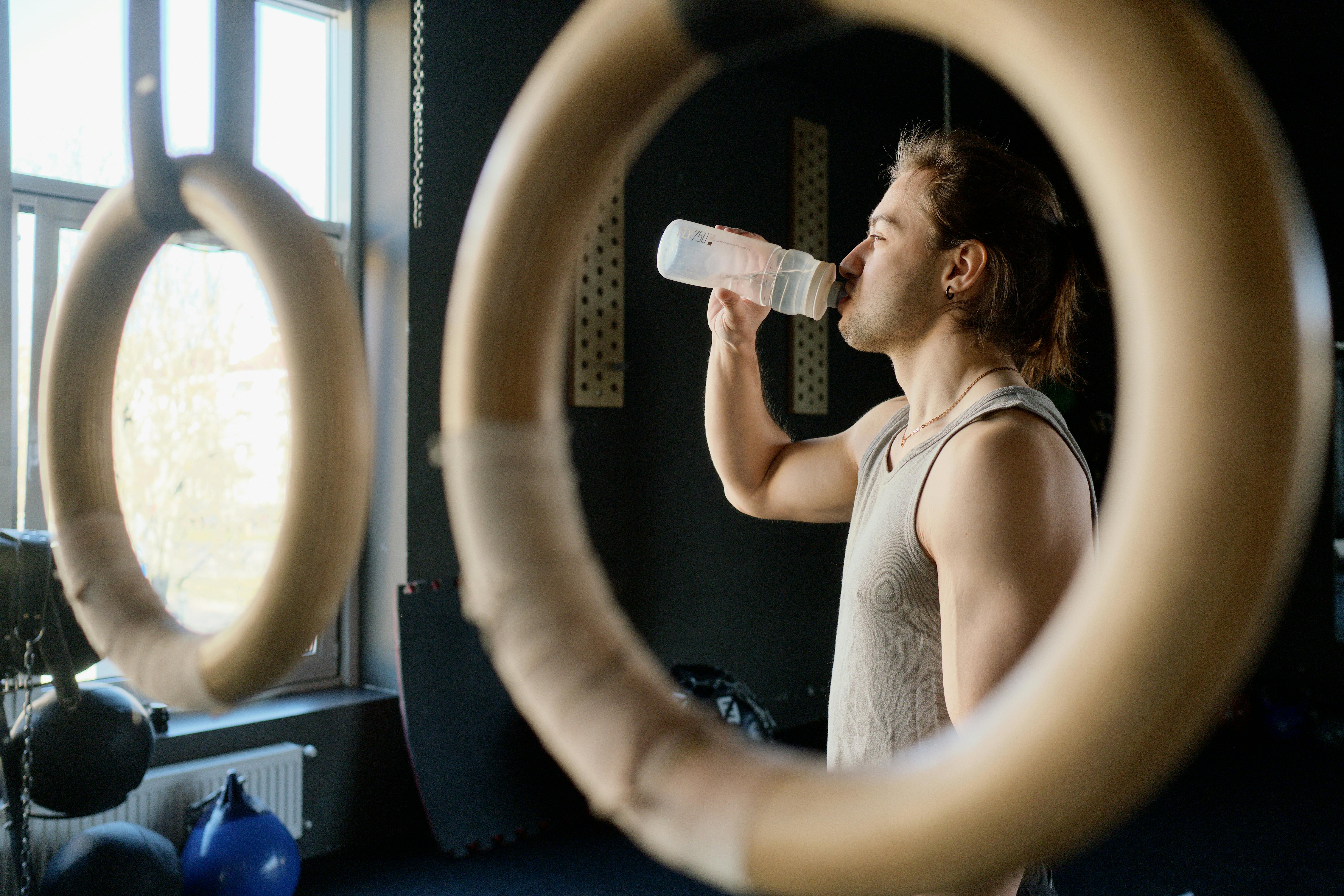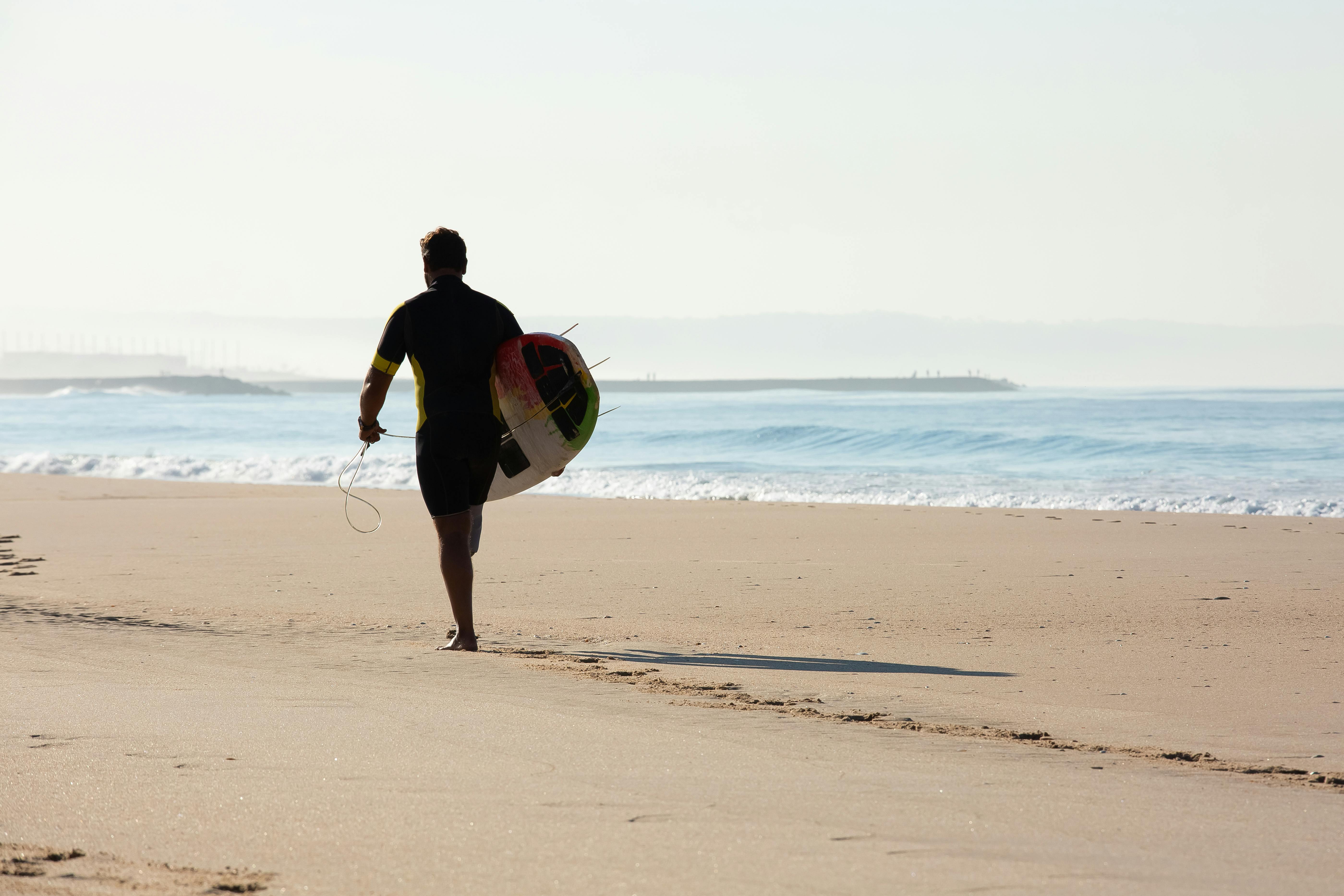Definition of your range
All the best boxers have a keen understanding of their position in relation to their opponent, often down to the millimeter. It seems almost easy for true champions to slip in and out of range at will, blasting shots with jaw-smashing power at an often-baffled opponent and managing to evade the quarry’s attempted response. This ‘feeling’ of range is something that can be engendered during training and is reinforced by repetition during drills, shadow boxing, bag work and sparring.
In this article, I want to explore the range types a boxer must understand and what characteristics define each of these range types. I hope to promote a deeper understanding and appreciation of the importance of range and how this affects the options available at any time during a boxing contest. When I teach boxing skills, whether the student is a novice or a seasoned performer, I tend to focus on 5 range descriptions (or zones):
1. Out of range
2. Range Edge
3. Long range
4. Midrange
5. Short range
out of range
There is no great mystery here. Being out of range means being far enough away from your opponent that neither of you can land a shot. To provide some kind of reference point, imagine that your outstretched arm is the width of a longer fist. Anything beyond this we can define as ‘out of range’. Being out of range means that you, as a boxer, are not under immediate threat. As an obvious consequence, being out of range also means that you pose no threat to the opponent. In general, being out of range too often during a contest results in a disappointingly dull affair.
range edge
Being on the ‘edge of the range’ is an immensely important concept. In many ways, being on the edge of the range is what boxing is all about. In the previous paragraph, we discussed that ‘out of range’ we would classify as being beyond the length of an outstretched arm plus the width of a fist. Being on the edge of the range is anywhere within that thin, fist-width band. So why is it so important to be on the edge of the range? There are two main reasons;
- Being on the edge of range puts pressure on the opponent. Pressuring an opponent allows a boxer to control proceedings, gaining a psychological advantage in combat, forcing the opponent to think about what he is going to do instead of what he is going to do.
- A very simple forward motion brings the boxer within striking distance for long range shots like the jab and cross. This movement is short, explosive and efficient. The move is combined with the shot to increase the impact and the boxer can instantly retreat to the edge of range (or beyond) or alternatively continue the attack.
It is vital that the concept of being at the ‘edge of the range’ is clearly understood.
Long range
Long reach is the first ‘zone’ when you are within punching range. Quite simply, long range is the area where we can deploy any of our long range shots (straight shots and long range hooks and uppercuts). Being at a long distance should not be overlooked. In fact, it is the ‘bread and butter’ of a boxer’s repertoire, as very often the majority of shots exchanged are from long range. Long range punches can have the effect of ‘softening’ a target before unleashing medium and close range punches.
As an example of excellent long-distance boxing, take time to watch Thomas Hearns’ devastating performance against Pipino Cuevas in 1980. Cuevas was an extremely durable boxer, but Hearns’ supreme long-distance boxing capabilities are simply brilliant. Notice how Tommy controls the action from long range with his jab, using skillful backswings and skillful steps to the ‘edge of distance’ only to return to long range and explode high-speed right hands to the head of Tommy. Caves. Of course, it’s arguable that Hearns possessed one of the best right hands in boxing history, but his supreme boxing ability and appreciation of reach allowed him to deploy that right hand to its fullest.
Middle range
Mid-range can be defined as the zone from an outstretched arm’s length (eg, the jab) to the point where a mid-range left or right hook would land. All mid-range hooks and uppercuts move, by definition, into the real ‘power punching’ zone. The short move from long range to mid range is the same principle as the move from range edge to long range, i.e. short and explosive.
As an example of top-tier mid-range work, look to Marvin Hagler’s 1981 title defense against Fulgencio Obelmejías. Hagler controls the action with a thunderous range of hooks and mid-range uppercuts in this impressive performance. While undoubtedly a major factor in Marvin’s victory is the relentless pressure he brings to bear on Obelmejias, much of his most devastating work takes place in midrange. Marvin’s usual ram-rod jab is rarely used in favor of crushing pressure and well-leveraged hooks and hooks…total devastation!
Short range
There’s no question about it, short range work is meant to be power based. Close range boxing is also known as “infighting” and is a real skill. Again, for purposes of a benchmark, short range is when the opponent is within range of a mid-range left hook; It’s a real head-to-head and not for the faint-hearted! Many boxers can work quite happily and long and medium range, but short range work presents higher risks and is generally more physically and mentally taxing. While shots fired at close range are intended to provide maximum power, they are also designed to maximize the protection provided to the boxer. Throwing wide, arcing punches when up close is ineffective and leaves a lot of holes in the defense.
In terms of a short-range supreme boxing example, you might be surprised that I’m going to use the defense of Floyd Mayweather Jr in 2001 against Jesus Chavez. The Mexican opponent clearly favors infighting and probably went into this contest under the impression that he should keep Mayweather in…how wrong was he! For a fighter known for his eye-catching long-range skills, Mayweather demonstrates his unique array of skills by destroying Chavez with uppercuts and uppercuts that travel only inches, even in the face of some real tactics from his enemy. The phrase ‘The boy has it all’ was surely coined by Floyd Mayweather Jr!
Understanding the range is very, very important. Thinking of boxing in terms of the 5 ‘zones’ will help develop the ability to move between these zones with maximum effect and minimum risk. Whether you’re learning to box, training someone else, or on the verge of boxing stardom, thinking in terms of rank can only help!



